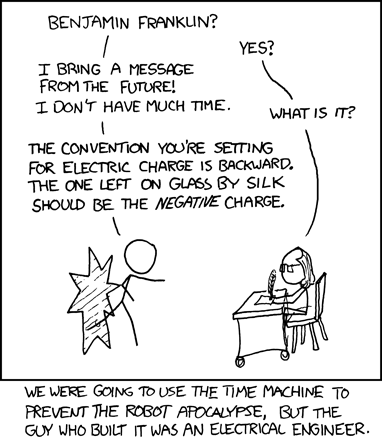Thanks for all the advice everyone but remember it's just a "freakin' cable on top of an RV not a commercial project with 440v 3 phase powering a hospital
Gotta love when a bunch of engineers (myself included) get too far down in the weeds.
cheers,
Dave

Leave a comment: